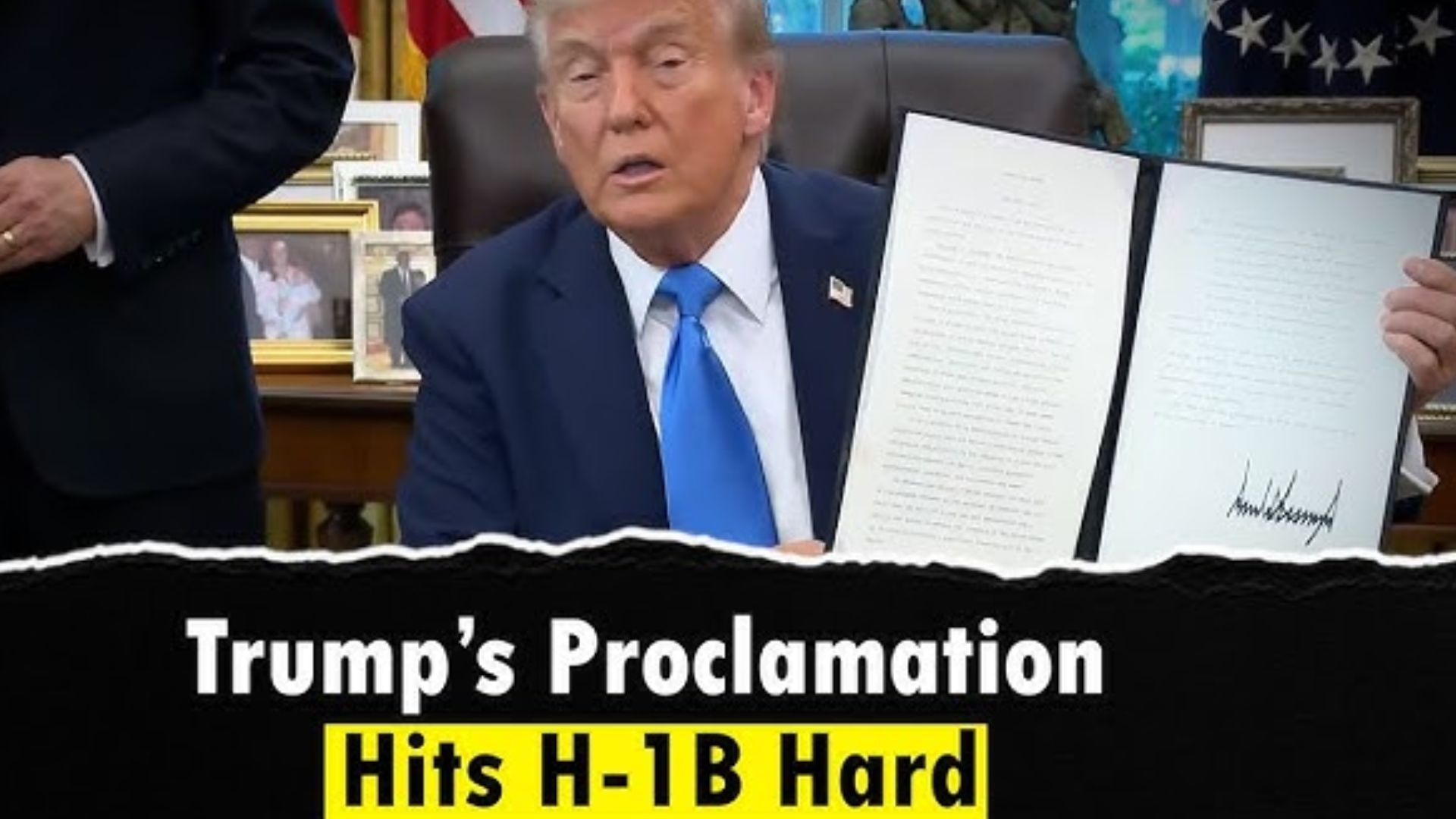Indianapolis, Indiana – Indiana companies that rely on foreign talent are bracing for major changes to the H-1B visa program following a new proclamation from President Donald Trump. Issued on September 19 and effective September 21, the policy introduces a steep financial barrier for businesses seeking to hire skilled workers from abroad.
The order, formally titled “Restriction on Entry of Certain Nonimmigrant Workers,” requires all new H-1B petitions to include a one-time $100,000 payment. Without this fee, U.S. consulates will refuse to issue visas to international candidates. Current H-1B holders, renewals, and petitions already in process will not be affected. The policy is set to last 12 months, though extensions remain possible.
The administration argues that the fee and additional measures will reorient the visa system toward higher-paying jobs. Both the Department of Homeland Security and the Department of Labor have been instructed to draft new regulations that would raise prevailing wage levels and prioritize positions with top salaries in the annual H-1B lottery.
For Indiana, the proclamation has immediate and far-reaching implications. Employers across the state have long relied on H-1B visas to fill specialized roles in engineering, information technology, research, and advanced manufacturing. In 2024 alone, Indiana businesses submitted nearly 2,900 petitions. Leading sponsors included major players such as Cummins, Eli Lilly, Purdue University, and Infosys.
Large-scale projects add another layer of complexity. SK hynix’s $4 billion semiconductor facility, announced as one of the state’s most significant foreign investments, is expected to depend heavily on international expertise. The $100,000 surcharge may now become a key budget consideration for companies moving forward with similar ventures.
Smaller firms face an even tougher challenge. For many, the six-figure price tag per petition is simply out of reach. That could deter them from pursuing international candidates altogether, leaving critical positions unfilled. Larger employers, while more capable of absorbing the cost, may still be forced to make tough choices about which roles justify such a hefty investment. The greatest ripple effects are expected to show up in spring 2026 during the next H-1B cap season, when thousands of employers nationwide typically vie for a limited number of slots.
Immigration attorneys are already warning that the proclamation raises several unanswered questions. One concern is whether the $100,000 fee will be refunded if a petition is not selected in the lottery, or if the cost will be lost entirely. Many also expect lawsuits to challenge the legality of imposing such a dramatic fee hike without congressional approval.
In the meantime, Indiana employers are being urged to adjust strategies quickly. Alternative visa categories such as L-1 intracompany transfers, TN visas for Canadian and Mexican professionals, E-3 visas for Australians, and O-1 visas for individuals with extraordinary ability may serve as substitutes in some cases. Cap-exempt H-1Bs, available through universities and certain research organizations, remain an option. Employers may also lean more heavily on international students using F-1 Optional Practical Training (OPT) or STEM extensions. Employment-based green cards and national interest waivers could provide longer-term solutions.
The $100,000 fee marks one of the most dramatic changes to the H-1B program in recent years, and its consequences are likely to be felt unevenly. High-paying industries and large corporations may endure the added cost, while smaller and mid-sized firms may find themselves cut off from a global talent pipeline.
For Indiana’s economy, which depends on both established employers and emerging businesses, the new rule poses a test of adaptability. Whether companies can navigate the new costs and explore alternative visa options will determine how well the state maintains its competitive edge in an increasingly global workforce.









